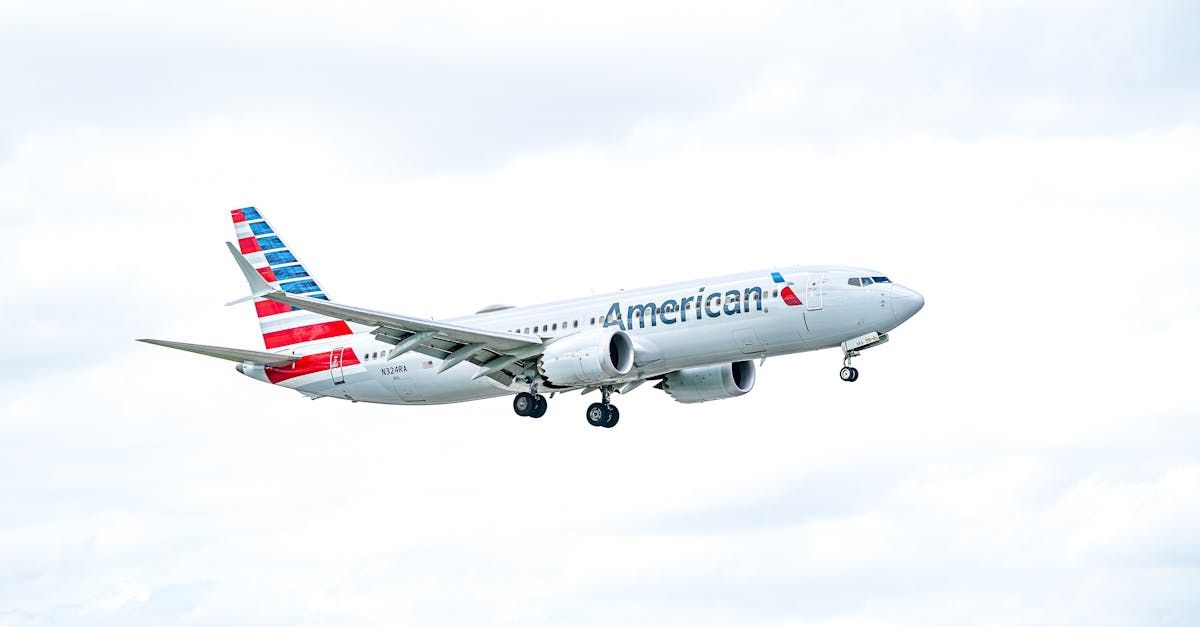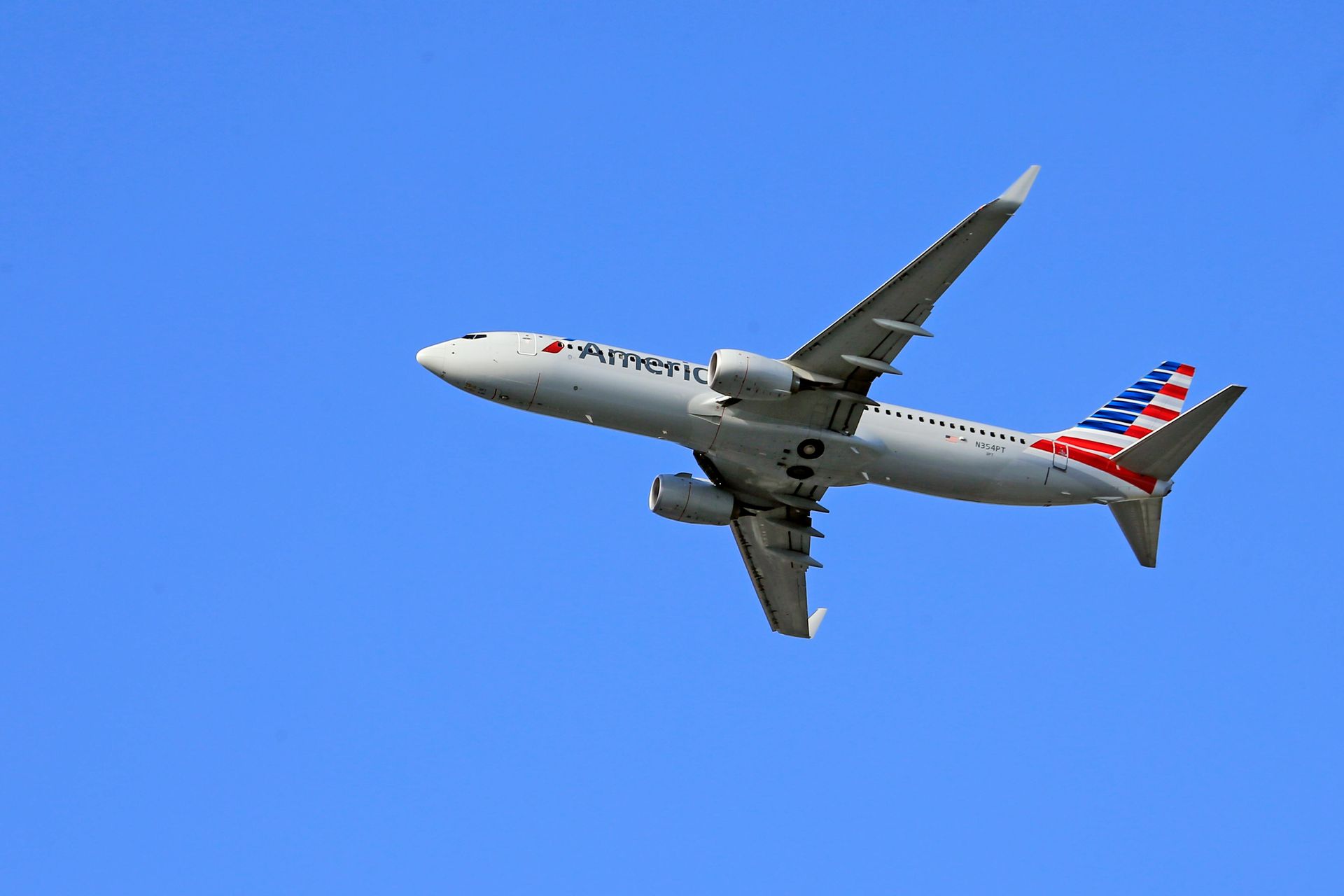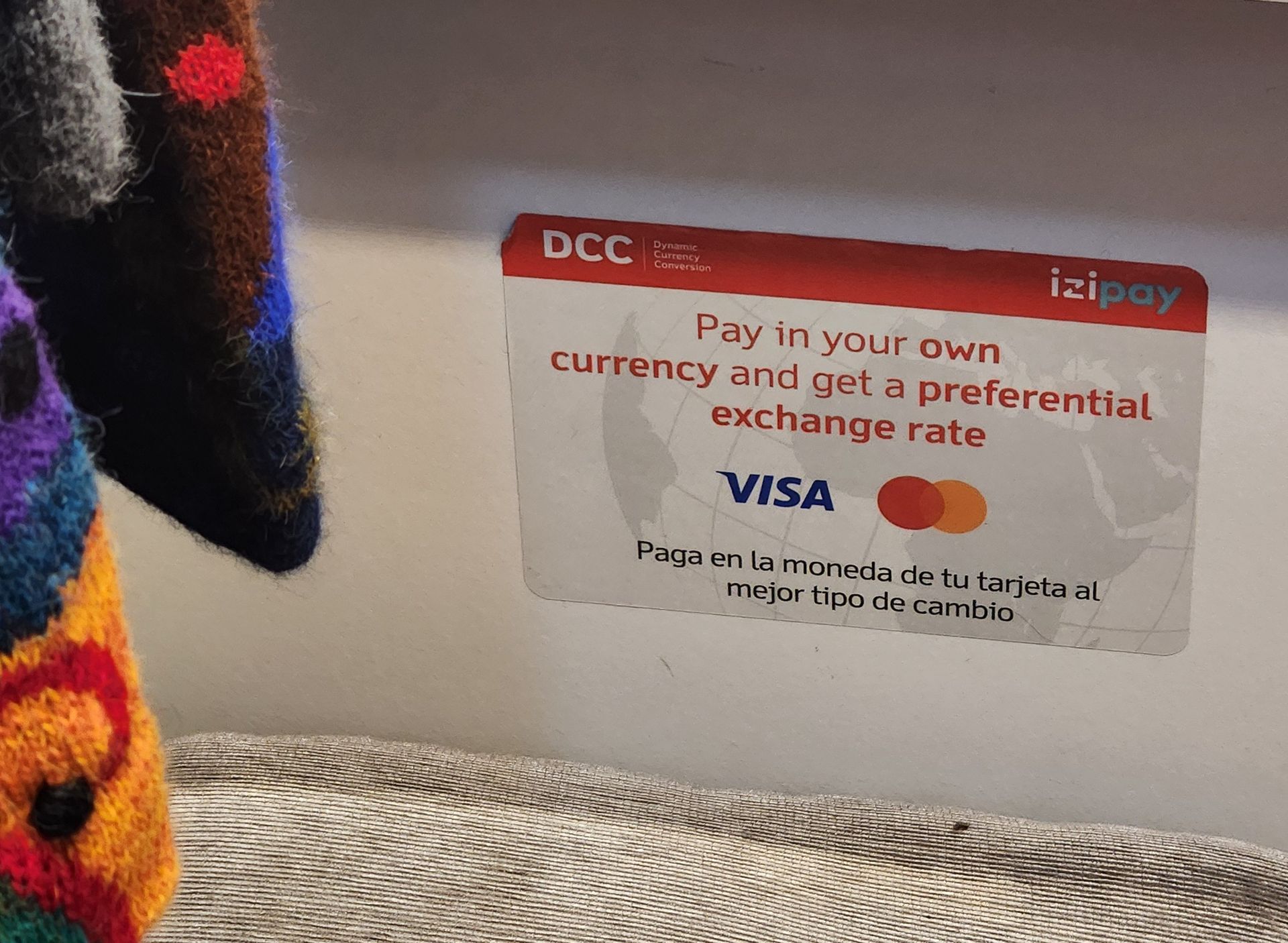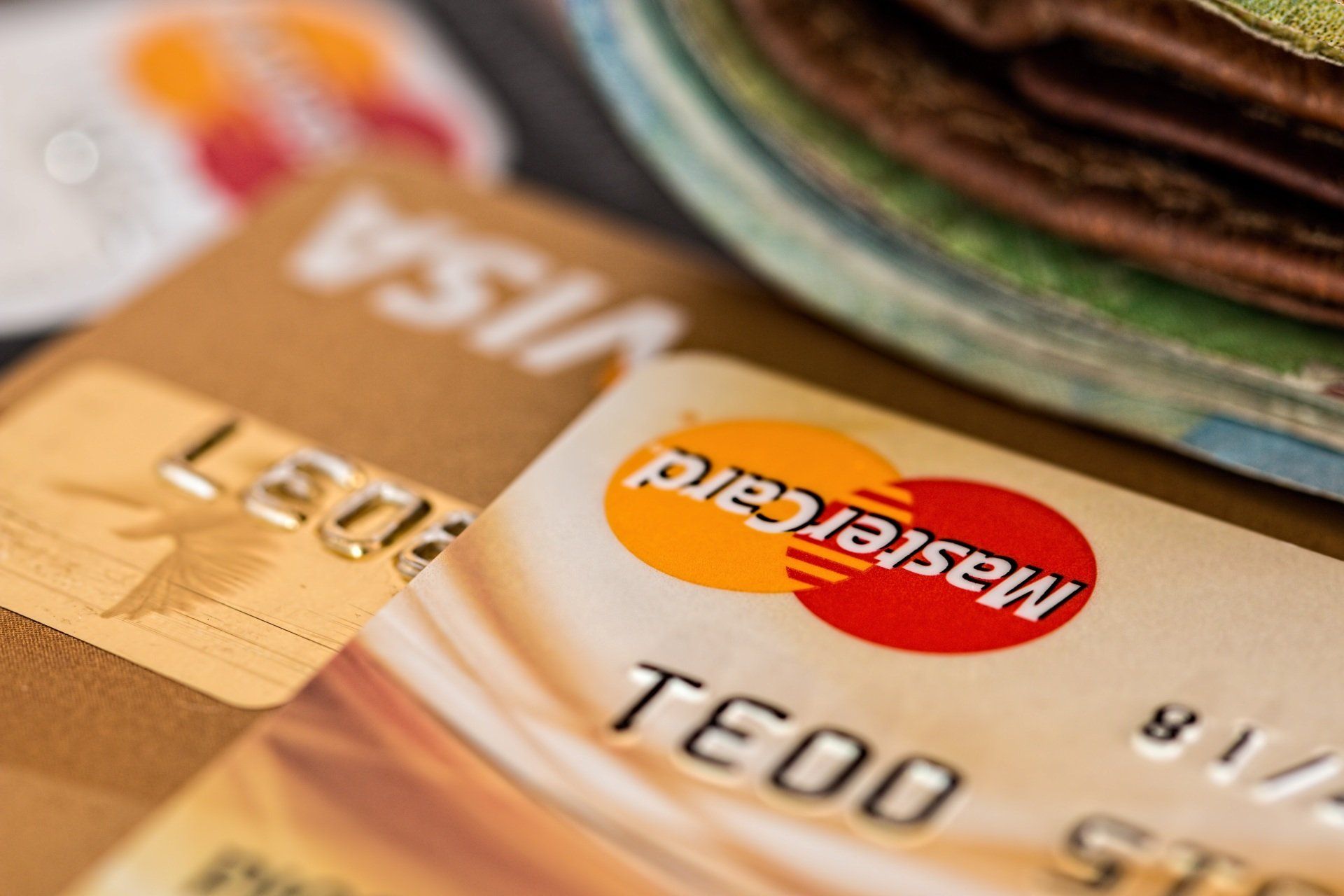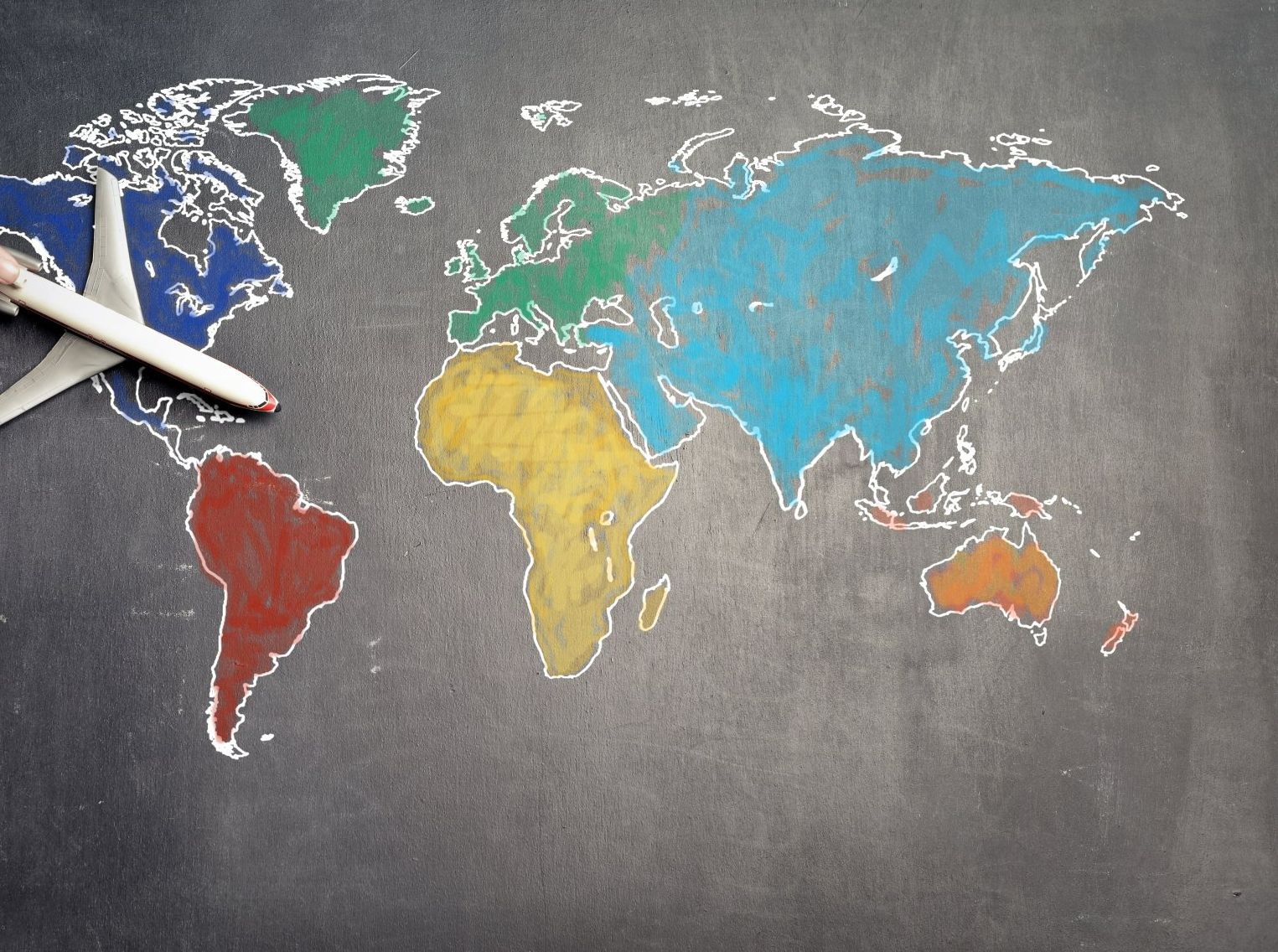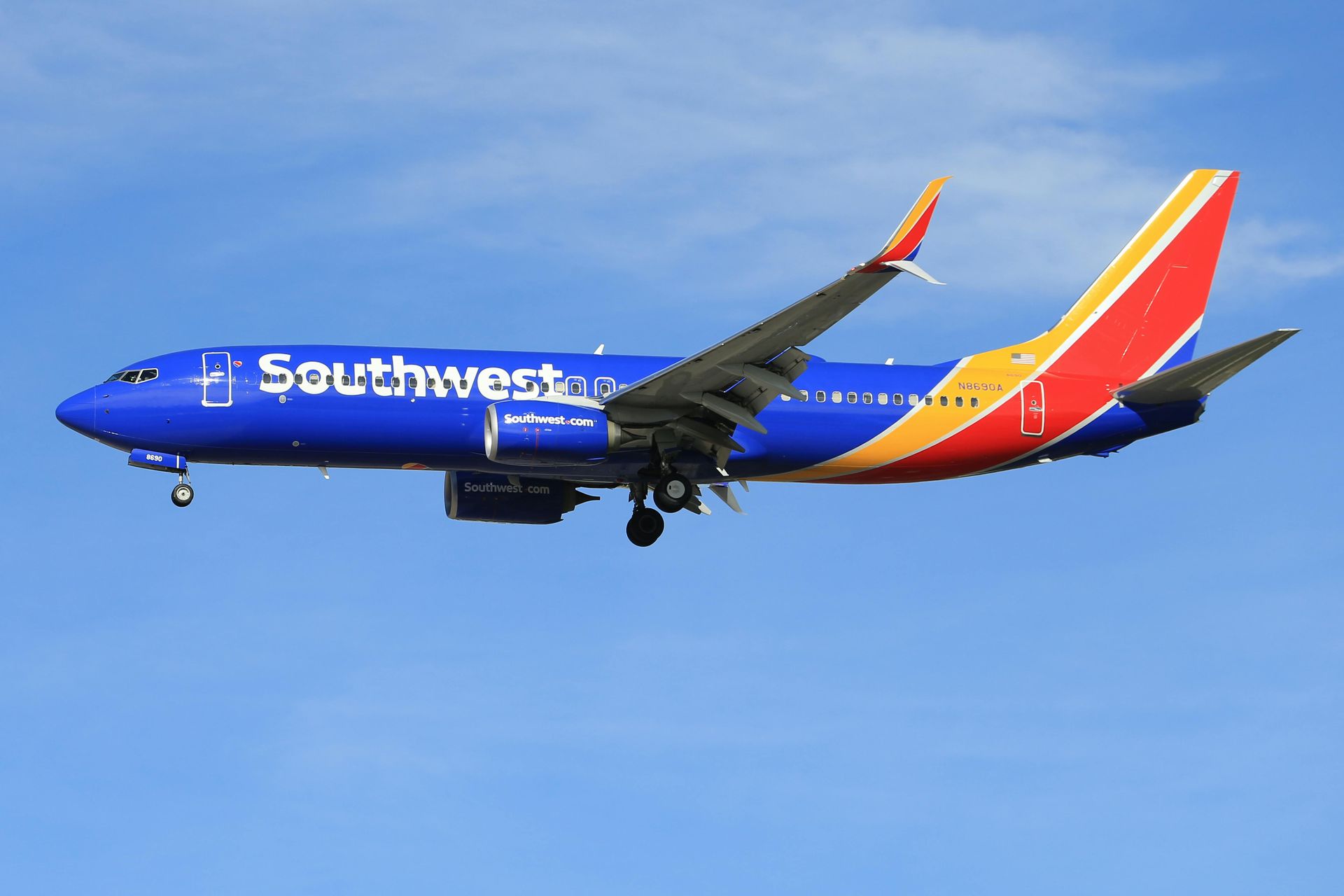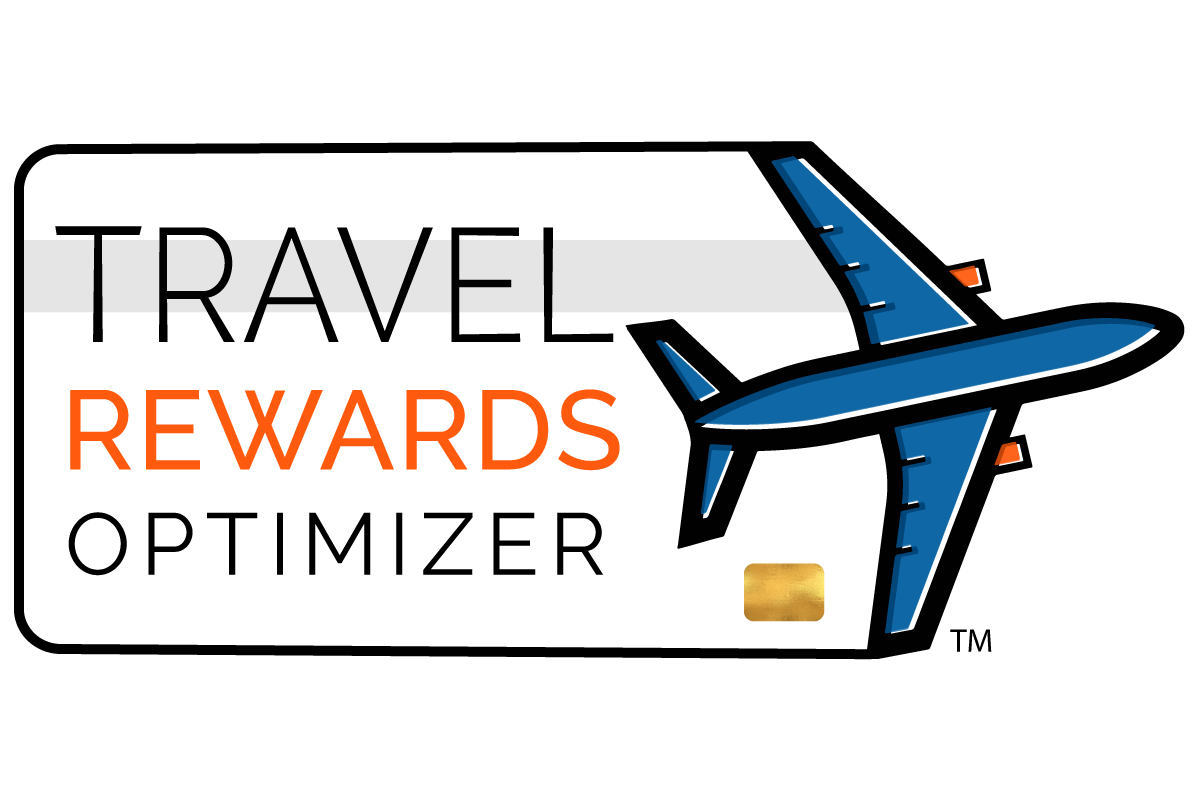Airlines as Recipients of Flexible Point "Transfusions"
Some airlines take flexible point transfers from multiple sources for high value redemptions
In blood transfusions, it is important to know blood type because sometimes a possible donor and recipient are a good match and sometimes the blood donation would be dangerous to the recipient. Individuals with Type O negative (O-) blood are considered “universal donors” because they can donate to anyone regardless of blood type. Individuals with AB positive (AB+) blood are “universal recipients” because they can safely get a transfusion of any blood type – A, B, O, or AB whether Rh positive or Rh negative.
Blood transfusion is a good analogy for the relationship between proprietary transferable points which can be earned from credit card spending (donors) and airline loyalty programs (recipients). Sometimes, these flexible points awarded by banks can be transferred to a loyalty program and sometimes not.
There are five (and soon to be six) key sources of flexible points. The sixth will become available next week when Wells Fargo begins allowing transfers of its points to several travel partners. These sources are:
- American Express Membership Rewards
- Bilt Rewards
- Capital One Miles
- Chase Ultimate Rewards
- Citi Thank You Points
- Wells Fargo (starting April 4th)
These sources of flexible points and the various airline programs that accept transferred points provide tremendous opportunities for value but also create a complex “transfusion” landscape.
Are there any “universal donors” to all airline loyalty programs?
From what I know, there are at least 27 airline loyalty programs that will take transferred points. There is no “universal donor” that covers them all. The flexible points currency that would be closest to being a “universal donor” would be American Express Membership Rewards. These points can be transferred to 18 airline programs.
The other flexible points can be transferred to fewer airline programs as follows: Capital One (15); Citi (14); Bilt (14); Chase (11); and Wells Fargo (5).
Universal (and Near Universal) Recipients
All the airlines that accept flexible points from at least four banks are non-domestic airlines.
Currently, one loyalty program stands apart as a universal recipient of flexible points and that is Flying Blue, a joint Air France/KLM program.
- You can transfer the flexible points of Amex, Bilt, Capital One, Chase, and Citi to this program.
- Next week, Wells Fargo will be added to this list.
Several other programs come close as they accept the flexible points from five of the six key transferable currencies.
- Avianca LifeMiles – Amex, Bilt, Capital One, Citi, Wells Fargo
- British Airways Executive Club – Amex, Bilt, Capital One, Chase, Wells Fargo
- Emirates Skywards – Amex, Bilt, Capital One, Chase, Citi
- Virgin Atlantic – Amex, Bilt, Capital One, Chase, Citi
Honorable Mentions
These programs can take four types of flexible points.
- Singapore Airlines KrisFlyer – Amex, Capital One, Chase, Citi
- Aer Lingus Aer Club – Amex, Bilt, Chase, Wells Fargo
- Air Canada Aeroplan – Amex, Bilt, Capital One, Chase
- Cathay Pacific Asia Miles – Amex, Bilt, Capital One, Citi
Which US airlines accept the most flexible currencies?
Domestic airlines tend to accept only one or two (if any) forms of transferable points.
The domestic airline program with the most transfer partners is JetBlue TrueBlue which will take points from Amex, Chase, or Citi.
Other domestic carriers have more limited partnerships:
- Alaska Airlines Mileage Plan – Bilt
- American Airlines Aadvantage – Bilt (but this partnership is ending in June)
- Delta SkyMiles – Amex
- Hawaiian Miles – Amex, Bilt
- Southwest Rapid Rewards – Chase
- United – Bilt, Chase
Bear in mind that, although there are more transfer opportunities with non-domestic airlines, many of these carriers will let you redeem their miles for domestic (i.e., US) flights. As an example, it is possible to use Flying Blue miles for a domestic flight and you are simply ticketed on Delta, Flying Blue’s US partner.
What is the value of having airline loyalty programs that are universal recipients?
There are several benefits to loyalty programs that can accept points from different flexible point cards.
- You can choose which airlines are offering you the lowest price (in points) and transfer your flexible points to them accordingly. For most transfers, the transfer rate is simply one-to-one meaning there is no complex math, and you are making an “apples to apples” comparison. If Iberia will get you a round trip to Europe for 48,000 miles and TAP Portugal wants 40,000 miles, TAP is the way to go if you are otherwise indifferent.
- You might need to concentrate a lot of points in one place for a big trip. International travel generally takes more miles, and you can supply a loyalty program from multiple sources to build up the mileage balance you need.
- Using multiple sources of flexible points will allow you to make credit purchases strategically for faster accumulation of points for use with a specific airline. Category spending bonuses vary from card to card and bank to bank so different flexible point programs can help you optimize your routine credit card spending.
- If you have run afoul of Chase’s “5/24 Rule” or have already taken many welcome bonuses from other banks, you can find a new flexible points “donor.” I am sure the new Wells Fargo card and the ability to transfer their points to airlines will be a boon for hard core members of the “points and miles” crowd.
Conclusion
Flexible points and the airline loyalty programs that accept them are a key component of an efficient travel rewards program. This is an area where our clients can achieve the highest return on their routine spending. However, the landscape of “donors” and “recipients” is constantly shifting as new products are offered, new partnerships develop, and partnerships end. We stay up to date about these changes and opportunities at Travel Rewards Optimizer so we can create productive and efficient plans that will get our clients to free or reduced cost travel quickly and cost effectively.
We are ready to help you turn your routine credit card spending into the travel of your dreams.

